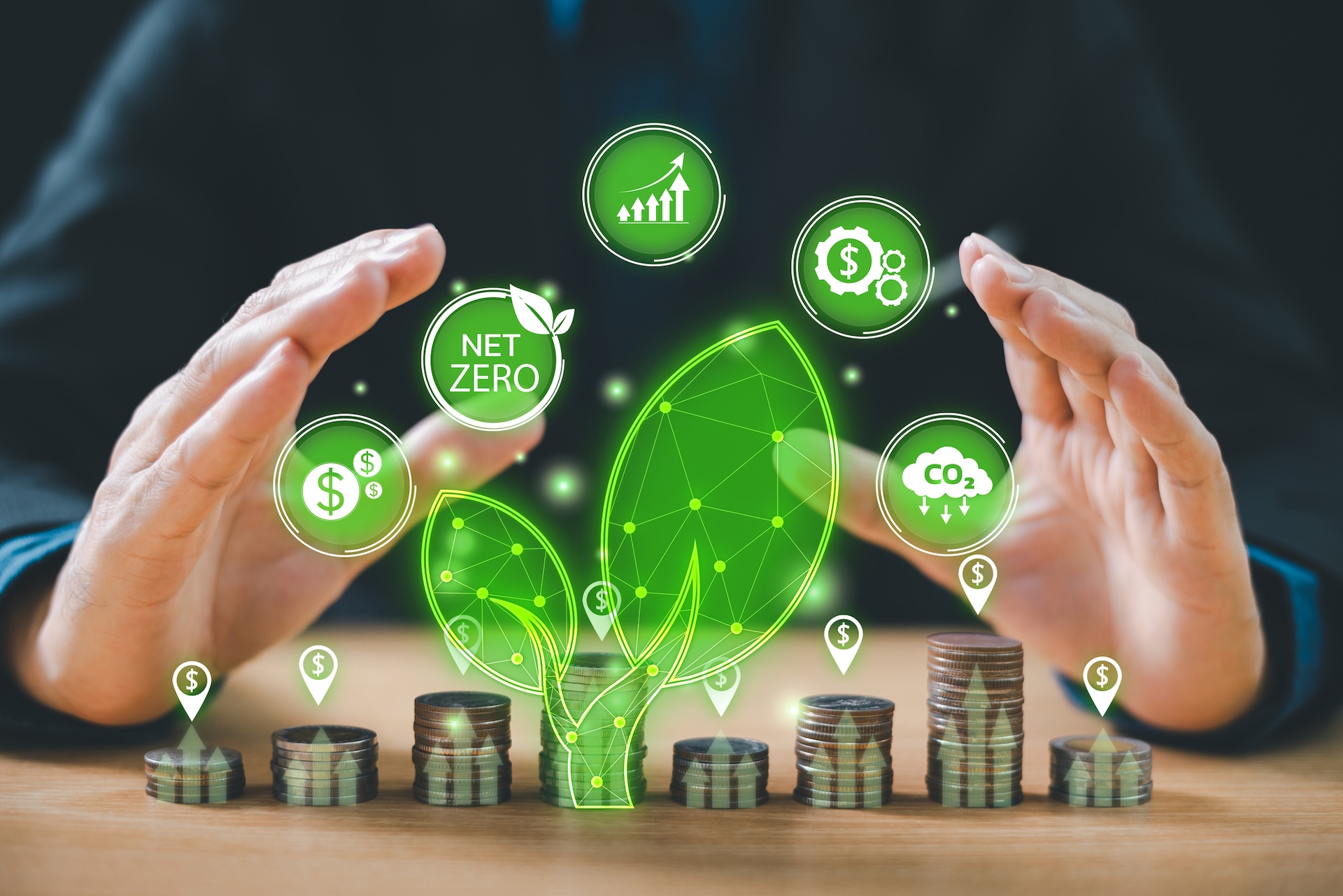Climate finance: preventing climate change would be cheaper than combating its effects
In the Paris Agreement, rich countries pledged USD 100 billion per year to finance sustainability in developing nations. COP 30 aims to accelerate action on climate change, mobilizing public and private resources to reduce emissions and confront the global climate emergency.

By Thayara Martins | thayara.martins@presidencia.gov.br
Under the Paris Agreement, several countries have committed to mobilize resources to reach a level of USD 100 billion per year to finance sustainability projects in developing countries, as well as offer technical assistance from developed countries to emerging economies to face the challenges of climate change, whether in terms of adapting to its impacts or implementing measures to reduce greenhouse gas emissions.
According to Aloísio Melo, Director of Mitigation and Implementation Instruments at the Ministry of Environment and Climate Change (Ministério do Meio Ambiente e mudança climática- MMA), this climate finance can be obtained in different ways, through multilateral banks, specific funds, private resources or money from the countries themselves. According to him, there is no such thing as a single source that can meet all the financial needs.
He says there are several studies, including a study by Nicholas Stern, the British government's climate change expert, and other international experts, which indicate that between USD 6.3 trillion and USD 6.7 trillion per year will be needed by 2030 in all countries around the world to meet the challenge of climate change. These are figures that would cover the entire energy transition, implementing measures to adapt to the impacts, increasing resilience to losses and damage caused by extreme weather events, restoring forests, and also compensating for the various social impacts of climate change.
Acknowledging that the sums are large, Aloisio Melo cites the example of transportation to explain the complexity of the issue, as it is a sector that is highly dependent on fossil fuels. According to him, in countries where there is no production of biofuels, it will be necessary to gradually start producing or importing them so that diesel buses can be replaced by electric models. In Aloisio Melo's view, this will require large investments, so the changes will be made as the new technologies become available at a reasonable cost.
"For example, in the short term, it would be very difficult to replace all traditional trucks with electric trucks, especially in long-haul transportation. But while that's not possible, there are other measures, such as the use of biodiesel. As well as improving the quality of the roads so that we don't have to brake and accelerate all the time, causing more pollution," he said.
For the director, in the medium and long term, governments need to think about more efficient and less carbon-intensive transport infrastructure models, and eventually implement railways, waterways, and electric vehicle fleets. And let's not forget adaptation: when designing roads and railways, Aloisio Melo says, the work needs to be planned with the possibility of more intense rainfall than in the past.
"Now imagine all these calculations applied to construction, industry, and agriculture. In short, applied to the different areas of human life. That's how you understand the scale of climate finance and therefore the high cost," says Director Aloisio Melo.
COP 30: Looking ahead and acting fast
According to the director, COP 30 will emphasize the need to accelerate action using available resources and focus on what all countries can achieve with their existing financial means. The goal is to act swiftly by engaging federal, state, and municipal governments, the private sector, and communities to implement concrete measures aimed at reducing greenhouse gas emissions and enhancing resilience to climate change impacts. Additionally, discussions will explore ways to increase investment availability.
He highlights current Brazilian government programs that facilitate external fundraising and loans for sustainable activities, demonstrating to other nations how innovation can mobilize not only public resources but also private capital. After all, businesses are also interested in adopting low-carbon technologies and require more resilient infrastructure.
“I believe that the expectation for COP 30 in Brasil is to serve as a forum for practical solutions to transform economies, infrastructure, energy generation, urban organization, and waste management—essentially, all the tangible actions we can take to address the climate emergency,” he warned.
Baku to Belém Roadmap
The Conference of the Parties serving as the Meeting of the Parties to the Paris Agreement (CMA) has called on all stakeholders to work together to scale up financing for developing countries, leveraging public and private sources to reach at least USD 1.3 trillion annually by 2035. The CMA will also launch the Baku to Belém Roadmap, aimed at expanding climate financing, supporting emission reduction efforts, and fostering resilient development pathways to implement nationally determined contributions (NDCs) and national adaptation plans.
The roadmap will involve consultations with countries and will be developed in an inclusive, participatory, and transparent manner. Climate finance institutions, the private sector, and other stakeholders may submit suggestions by March 21 via email at climatefinance@unfccc.int .
English version: Trad. Bárbara Menezes
Review and editing: Enrique Villamil

